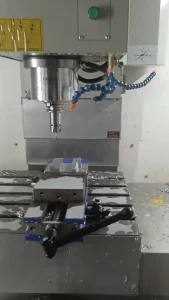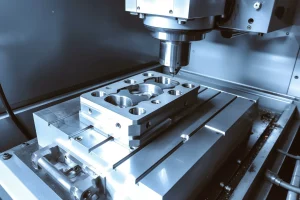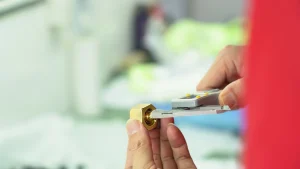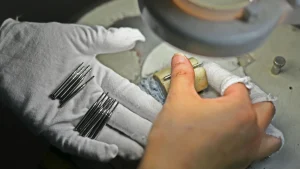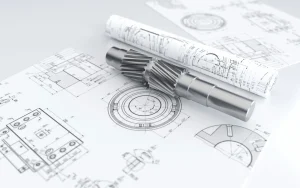To study the relative relationship of part surfaces, a datum must be determined. A datum is a point, line, or surface on a part that is used to determine the position of other points, lines, or surfaces. According to the different functions of the datum, precision machining parts are composed of several surfaces. Datums can be divided into two categories: design datums and process datums. The following are types of CNC machining datums
Precision machining design datums
The datum used to determine the position of other points, lines, and surfaces on a part drawing is called a design datum. For precision machining bushing parts, the design datum of each outer circle and inner hole is the axis of the part, the end face A is the design datum of the end faces B and C, and the axis of the inner hole is the datum for the radial runout of the outer circle.
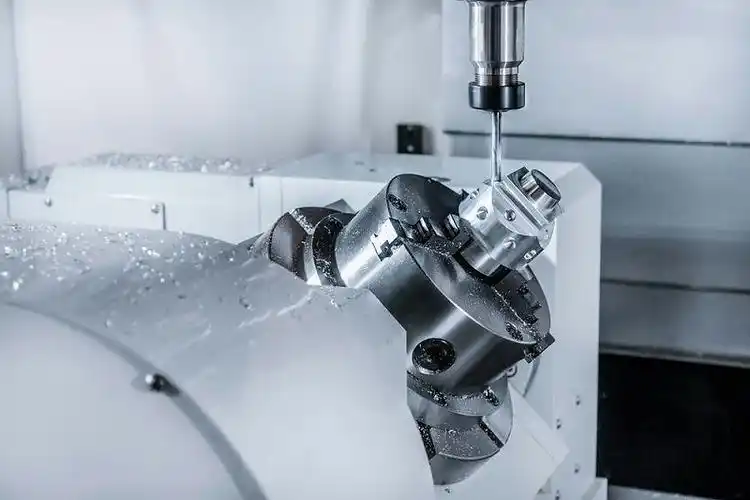
Process datums
The datum used in the machining and assembly process of precision machining parts is called a process datum. According to different uses, the process datum is divided into assembly datum, measurement datum, and positioning datum.
- Assembly datum
The datum used to determine the position of a part in a component or product during assembly is called an assembly datum. - Measuring datum
The datum used to check the size and position of the machined surface is called the measuring datum. For example, the inner hole axis can be the measuring datum for checking the radial runout of the outer circle; surface A can be the measuring datum for checking the length L and the size l. - Positioning datum
The datum used to position the workpiece during machining is called the positioning datum. In the first process, the surface (or line, point) used as the positioning datum can only be the unmachined blank surface. This positioning surface is called the rough datum. In subsequent processes, the machined surface can be used as the positioning datum. This positioning surface is called the fine datum.
About RapidEfficient
RapidEfficient specializes in high-precision CNC machining with 18 years of experience. Its products cover medical, communications, optics, drones, intelligent robots, automotive and office automation parts.
The company’s CNC machining centers include four-axis, five-axis and linkage machine tools, and are equipped with precision projectors, three-coordinate measuring machines, spectrometers and other precision testing equipment.
- Machining accuracy: up to 0.01mm
- Testing accuracy: up to 0.001mm

